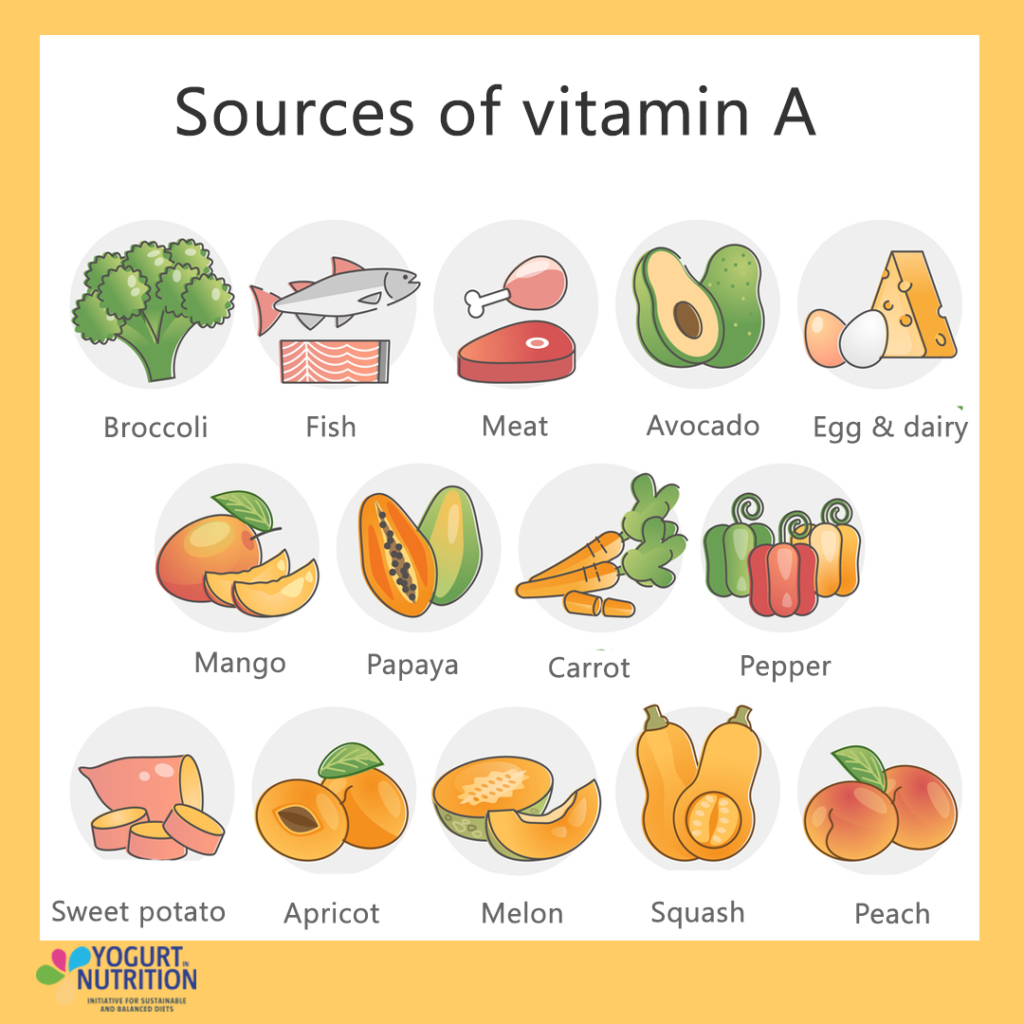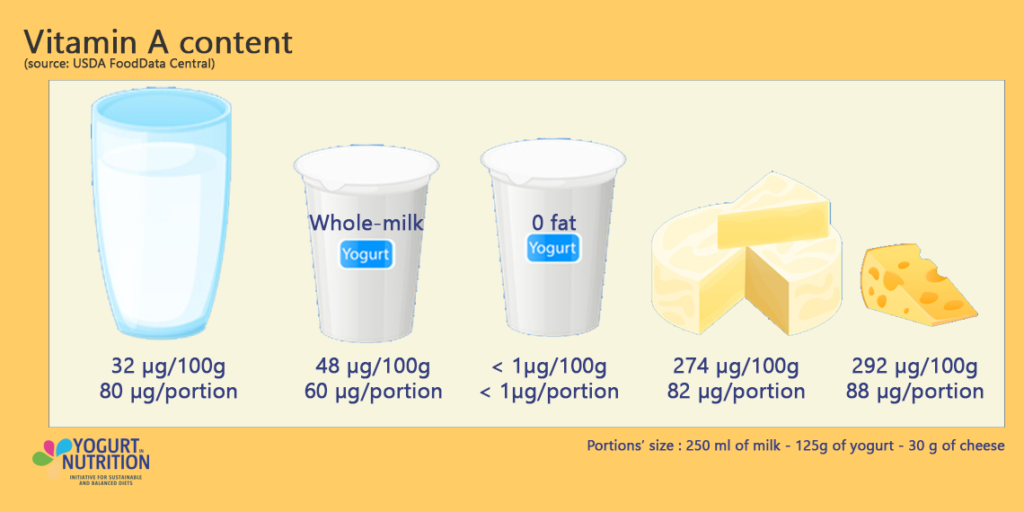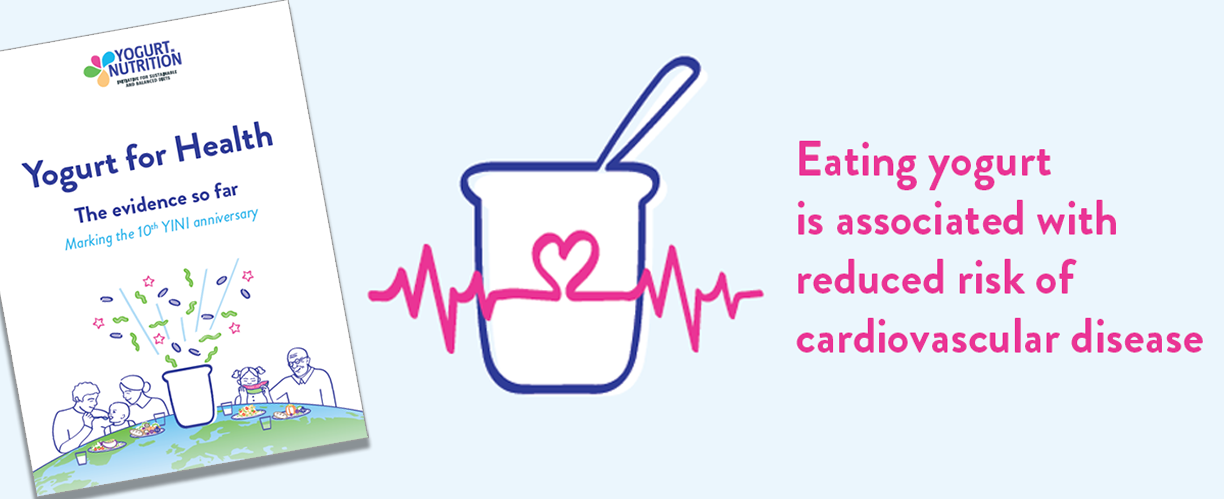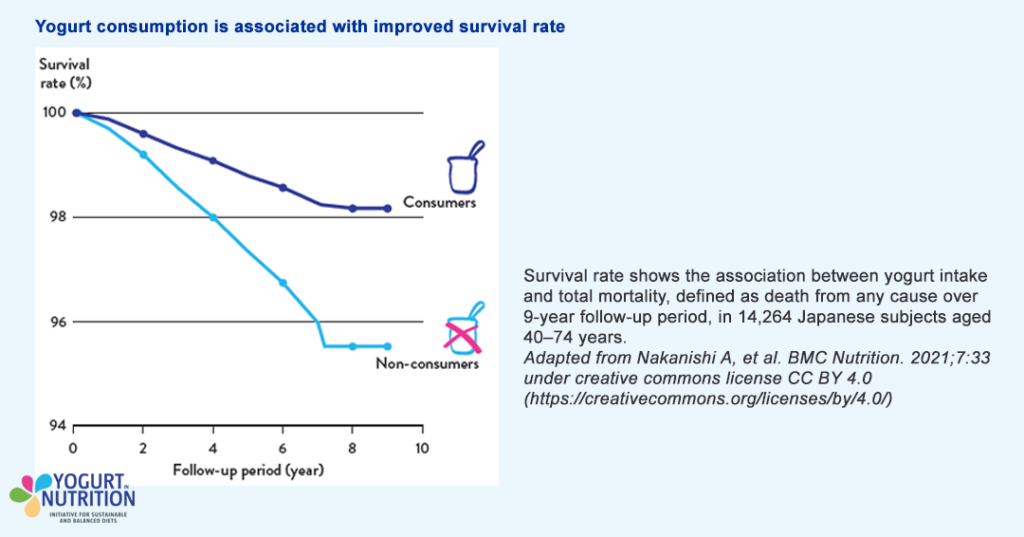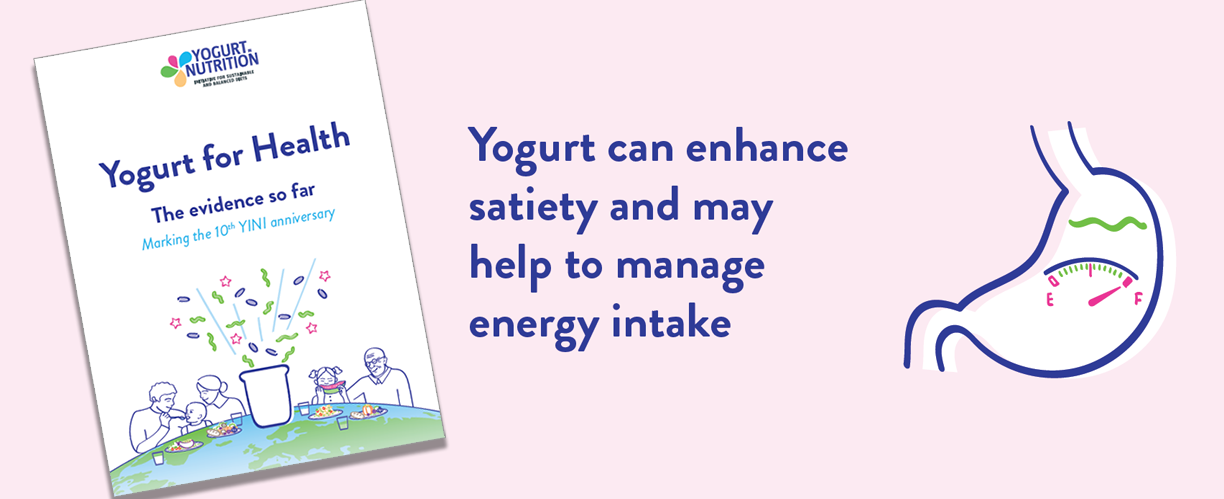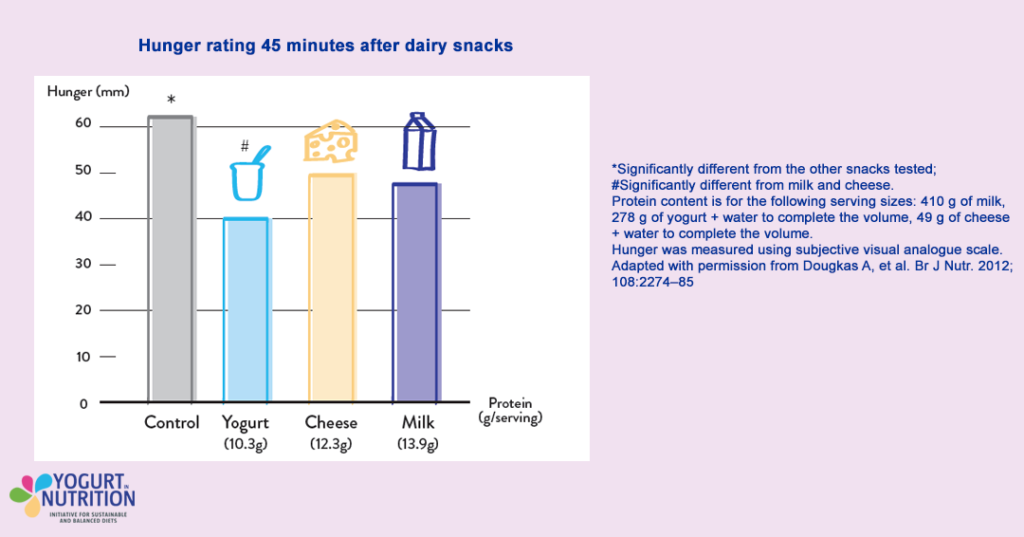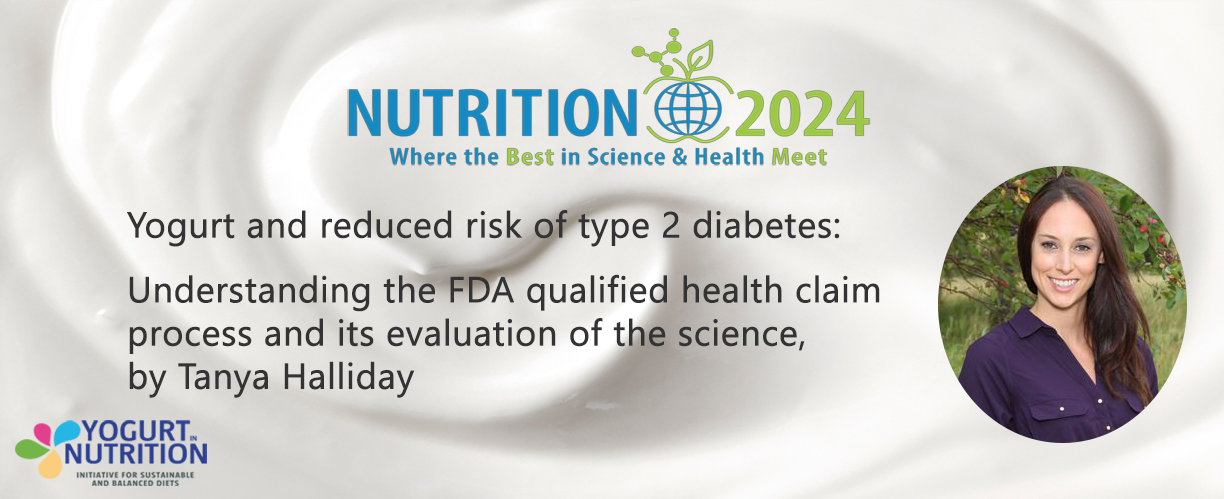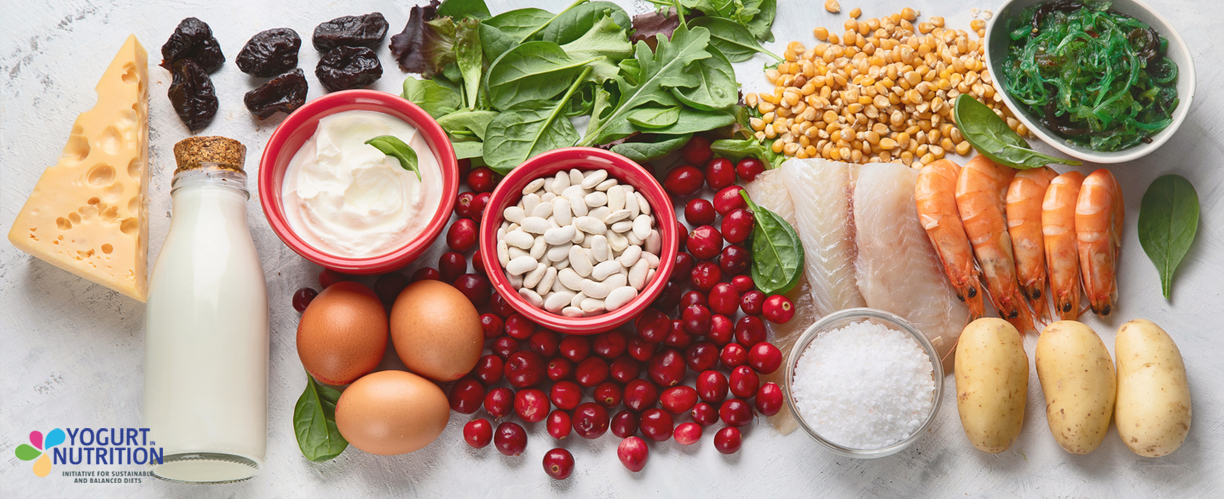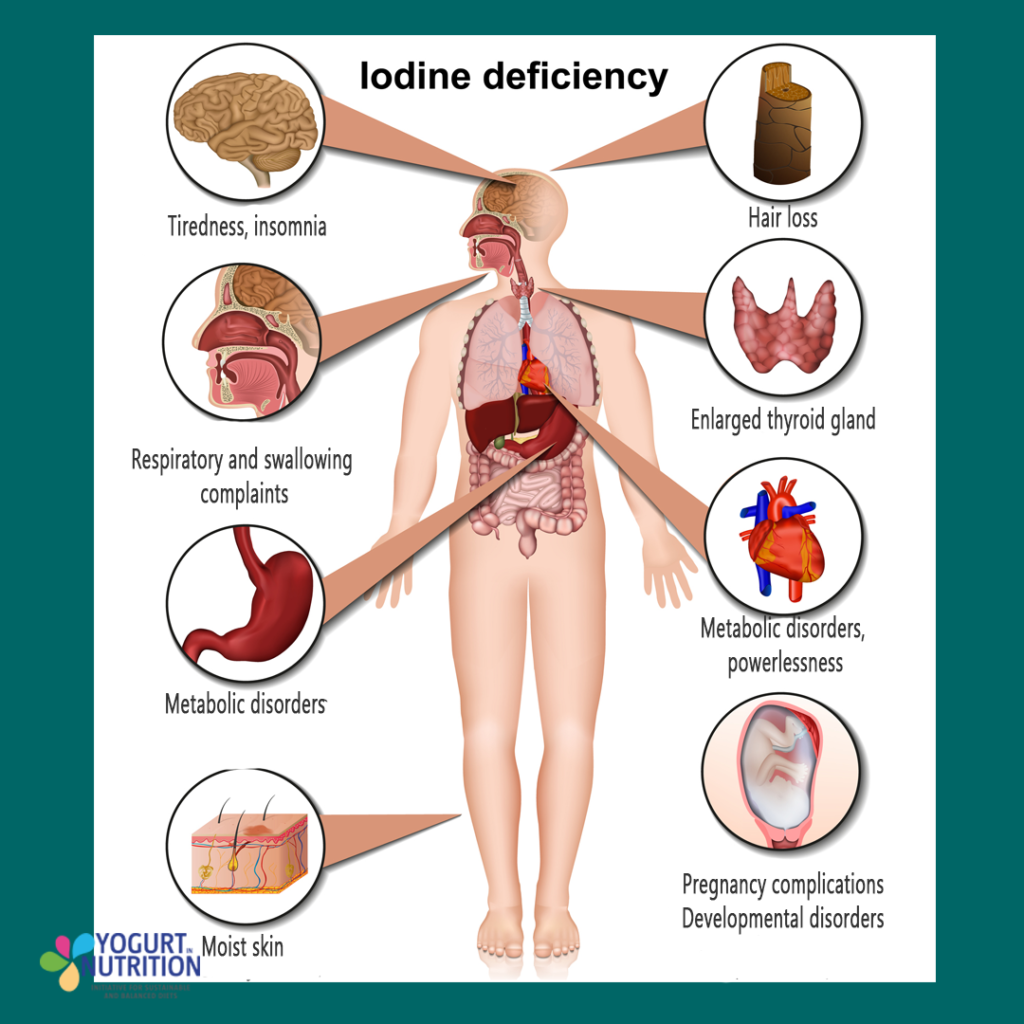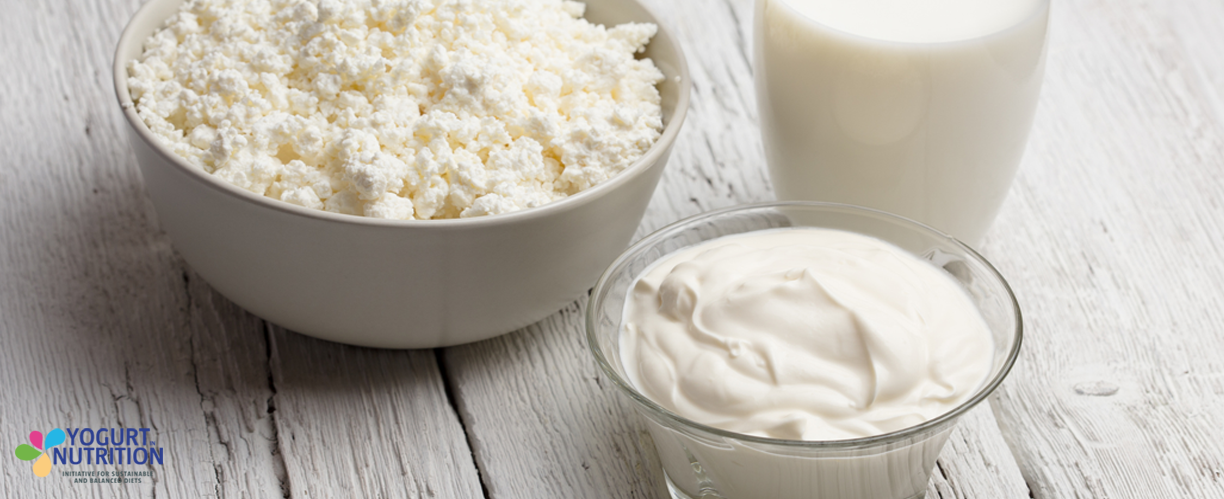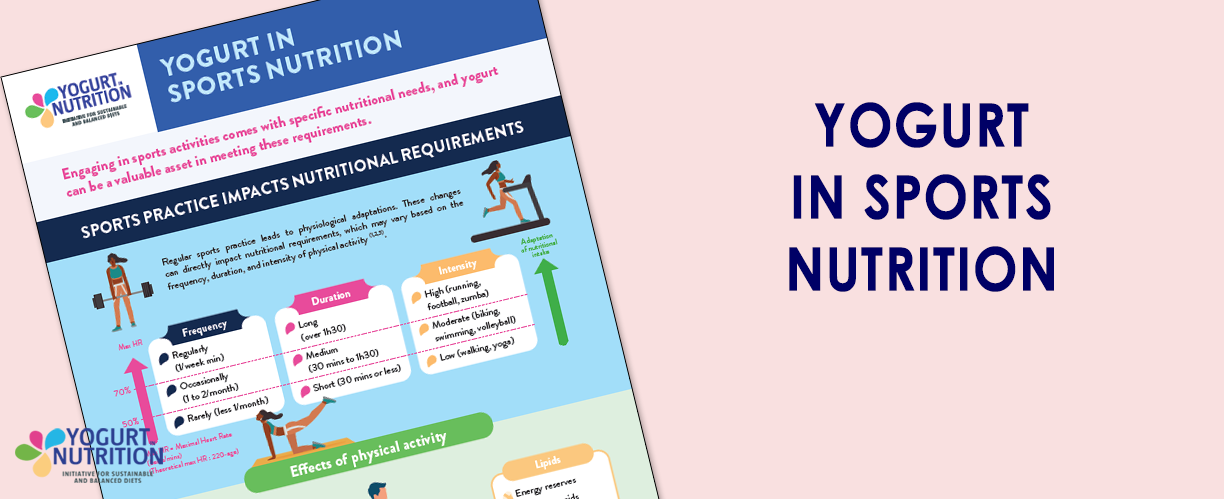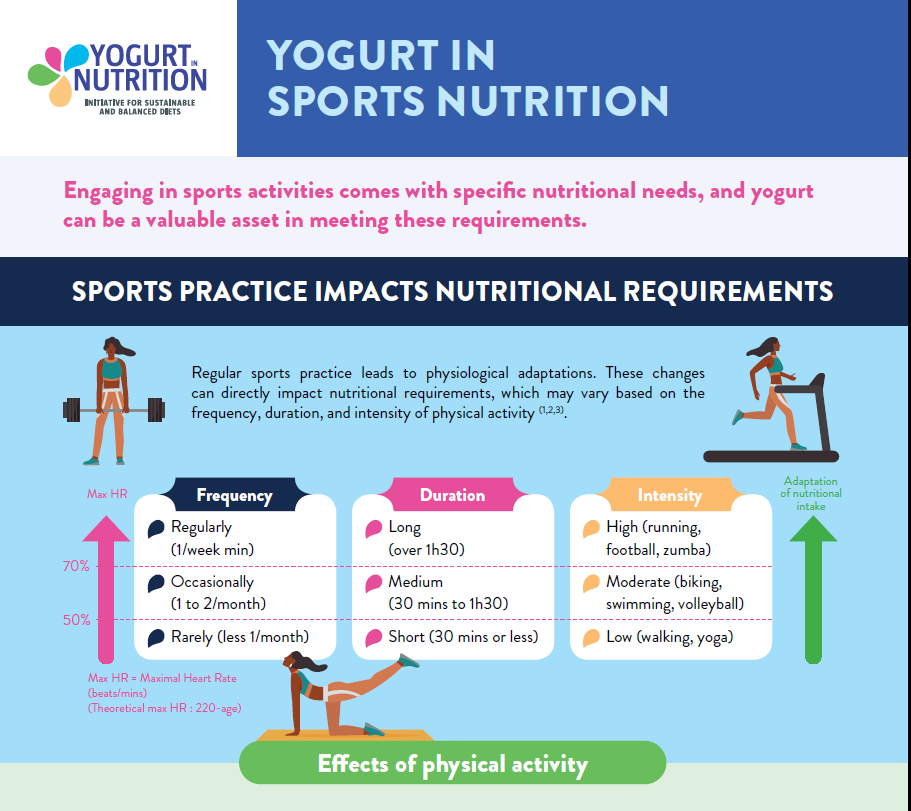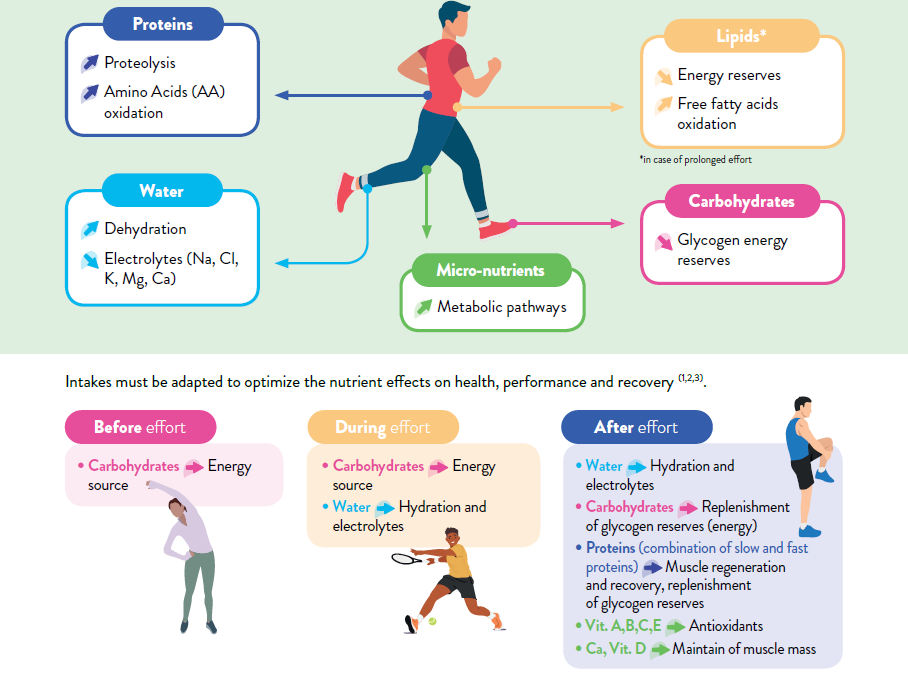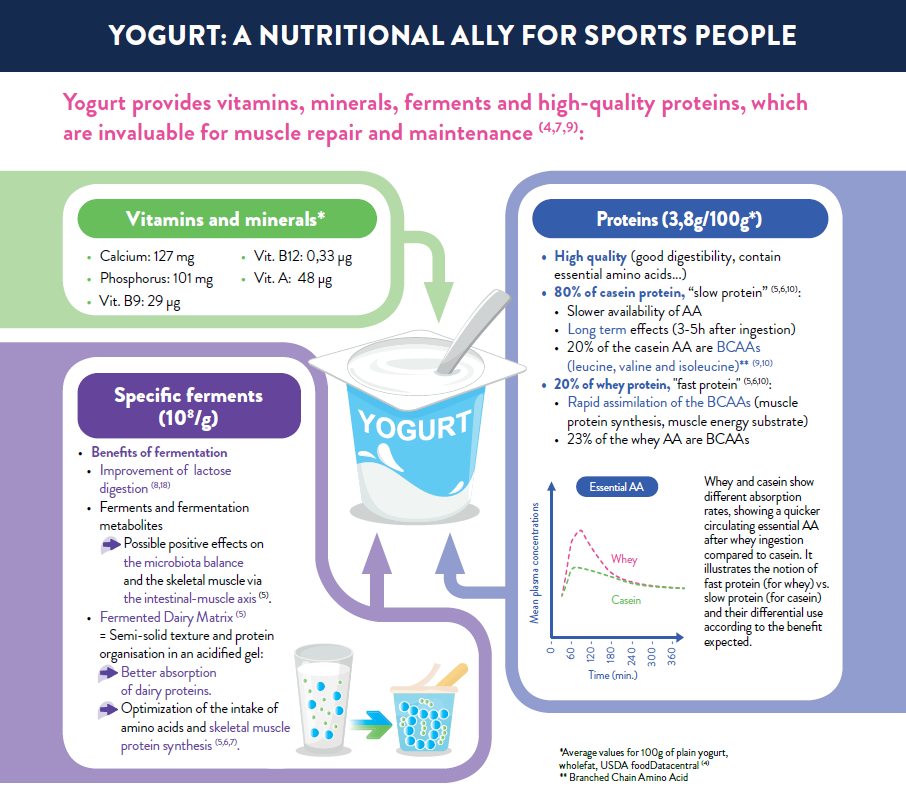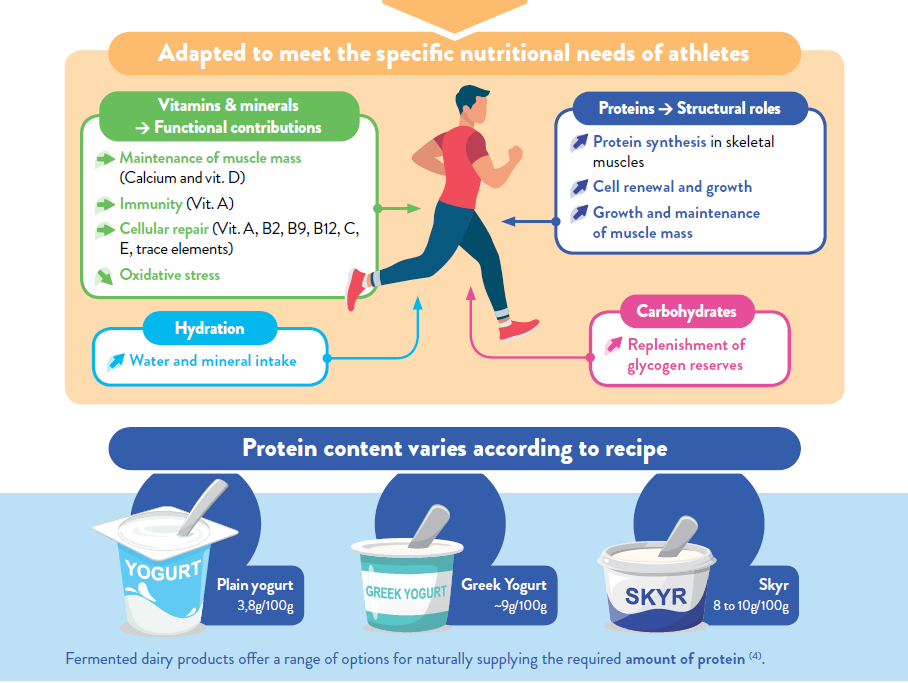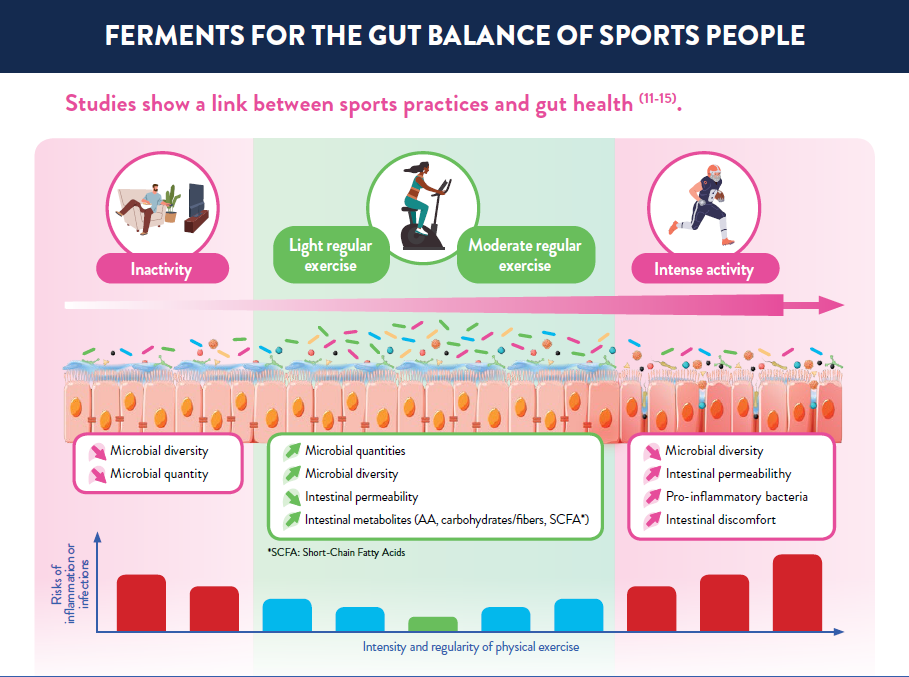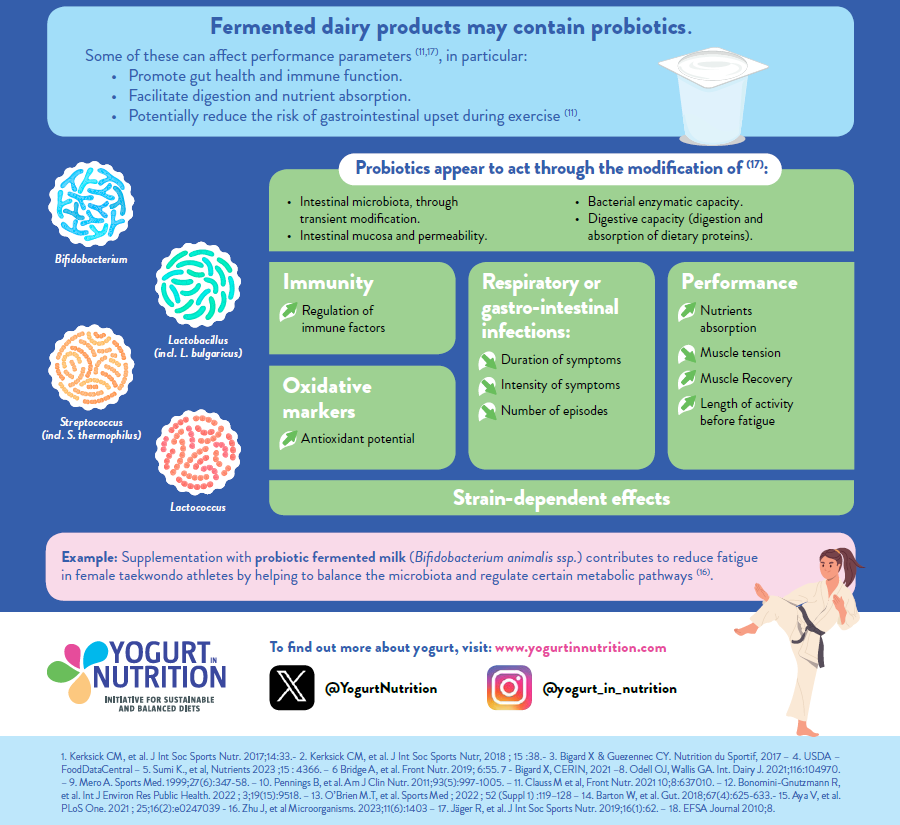Tanya M Halliday was in Chicago covering the Nutrition 2024 Congress in July 2024. She attended the conference on yogurt consumption and reduced risk of type 2 diabetes and shared her analysis with us. She deciphered for us the science and process behind a qualified health claim.
As Registered Dietitians (RDs), staying up to date with both nutrition science and food label claims allows us to provide both evidence-based and actional nutrition-related advice to clients. In March the U.S. Food and Drug Administration (FDA) approved a Qualified Health Claim regarding yogurt consumption and reduced risk of Type 2 Diabetes. To better understand how FDA came to authorize this first claim related to yogurt, this post will: 1. Explain what a Qualified Health Claim is; and 2. Summarize the FDAs process for evaluating the science behind the health claim.
What is a “Qualified Health Claim”?
In the United States, “health claims” that can be used on food and dietary supplemental labels are defined by statute and/or FDA regulations and have two levels. [1].
- Authorized Health Claims, in which there must be “significant scientific agreement (SSA)…that provides a high level of confidence in the validity of the substance/disease relationship”. [2] To date only 12 qualified health claims have been approved [3].
- Qualified Health Claims, which are “supported by scientific evidence, but do not meet the more rigorous ‘significant scientific agreement’ standard required for an authorized health claim. [4] Essentially, while there is scientific support for these claims, the wording required ensures the potential health benefit is not overstated. A full list of qualified health claims can be found online.
Specifically, the FDA does not “approve” qualified health claims. Instead, it will issue a “letter of enforcement” which provides the agency’s evaluation of the scientific evidence relevant to the proposed qualified health claim and (if moving forward) will provide specific language for which the FDA will provide enforcement discretion.
Specifics for the yogurt and Type 2 Diabetes Qualified Health Claim
The qualified health claim for yogurt was initiated via a petition submitted by Danone North America, which the FDA responded to on March 1, 2024. All 51 pages of it can be read here. Ultimately the outcome was that the FDA “intends to consider exercising its enforcement discretion for the following qualified health claims:
- “Eating yogurt regularly, at least 2 cups (3 servings) per week, may reduce the risk of type 2 diabetes. FDA has concluded that there is limited information supporting this claim”
- “Eating yogurt regularly, at least 2 cups (3 servings) per week, may reduce the risk of type 2 diabetes according to limited scientific evidence”
Fat and Added Sugar Content Specifics: Given that there are a variety of yogurts available for purchase with varying fat and added sugar content there have been concerns voiced about yogurts high in these components. However, as most of studies did not differentiate between specific types of yogurts and the credible scientific evidence still found a statistically significant reduction in type 2 diabetes risk irrespective of fat or sugar content, this claim does not require use only on products with specific fat or added sugar levels.
Disqualifying Nutrient Levels: Under the FDAs general requirement for health claims, claims are not allowed on any product that exceeds “disqualifying nutrient levels” for total fat, saturated fat, cholesterol, or sodium. [5] Specific disqualifying health levels, such as 13g of fat per RACC (reference amount customarily consumed) and per label serving size, are generally not reached for the majority of yogurt products, and thus unlikely to be a concern for consumers. There is not currently a disqualifying nutrient level for added sugar content of food. However, the FDA did note in their response to petition that “we are concerned that the use of a qualified health claim on yogurts that contain a significant amount of added sugars could contribute empty calories to the diet” and ultimately that because “…some yogurts on the market are high in added sugars, FDA encourages careful consideration of whether to use the claim on products that could contribute significant amounts of added sugars to the diet”.
The evidence for yogurt consumption and Type 2 Diabetes Qualified Health Claim
In the petition submitted by Danone North America, 117 publications were cited. The FDA identified additional literature (mostly published after submission of the petition) to consider.
Of these, the FDA included only 28 observational studies from which scientific conclusions could be drawn! So why did they “toss out” so many studies? Multiple reasons!
First, literature considered “background materials”, including review articles, meta-analyses, reports from federal agencies, etc. were not included as they “do not contain sufficient information on the individual studies reviewed, and therefore, FDA could not draw any scientific conclusions regarding the substance-disease relationship from these sources”.
Second, the 20 controlled intervention studies which examined the effect of yogurt on type 2 diabetes surrogate endpoints were not considered because they were determined to not be sufficiently controlled. For instance, conventional yogurt was compared to a modified yogurt (such as supplemented with brewer’s yeast), but not to a non-yogurt placebo.
Third, for the observational studies, several were excluded due to a variety of reasons. While not listing all of the reasons (you can read those all in the 51 page response from the FDA though!) for example, these include: studies not exclude participants with type 2 diabetes at baseline; studies not adjust the analysis for relevant cofounders (such as physical activity); and failed to evaluate the independent effect of yogurt.
Of the 28 observational studies, over 860,000 participants were included across 27 cohorts and 10 countries. All but one study estimated yogurt intake using food frequency questionnaires (FFQ). The one remaining study by O’Connor et al, 2014 [6] used a 7-day food recall. Studies included could look at the association between yogurt intake and incidence of type 2 diabetes or surrogate end points (such as prediabetes), as well as the change in yogurt intake and incidence of diabetes or surrogate end points. Importantly, the FDA classifies the literature based on methodological quality. 9 were considered to be of high methodological quality and a significant association was observed for both incidence of type 2 diabetes and the surrogate end point of fasting glucose. 19 were considered to be of moderate methodological quality and findings were mixed and inconsistent. For instance, Liang et al 2017 [7] found that yogurt intake was statistically associated with a reduced risk of type 2 diabetes among women, but not men.
Summary and implications for dietary advice
Overall, the FDA concluded that while there is credible evidence supporting a relationship between regular yogurt consumption and reduced risk of type 2 diabetes, the evidence is limited. Specifically, no randomized controlled trials were included and there were inconsistent findings. That being said, it is unlikely that there will ever be randomized controlled trials conducted to determine the influence of yogurt consumption on diabetes risk. This is because diabetes takes years to develop and it would not be feasible to randomize people to different yogurt intake levels for most of their life.
When working with clients, this new qualified health claim can be utilized to support the recommendations you are already likely to give to your clients. Yogurt can be a versatile and nutritious addition or substitution to meals and snacks that provide protein, probiotics, and essential nutrients. Furthermore, the addition of yogurt to the diet can aid in clients meeting the Healthy Eating Index’s dairy component targets as part of an overall healthful diet!
Bon appetit!
Tanya Halliday, PhD, RD is an Assistant Professor in the Department of Health & Kinesiology at the University of Utah. Her research focuses on how exercise of differing modalities influences appetite regulation and energy intake; development of novel interventions for weight loss maintenance, and examination of lifestyle interventions and glycemic-related outcomes. Dr. Halliday completed her Bachelor’s degree in Dietetics from the University of Wyoming (2010), and her Dietetic Internship at the University of Houston (2011). After receiving her RD credential, she went to Virginia Tech for her PhD in Clinical Physiology, and Metabolism. She graduated in 2016, receiving the College of Agriculture and Life Sciences Outstanding Doctoral Student Award, before moving to Denver for postdoctoral training at the University of Colorado’s Anschutz Medical Campus from 2016-2018. Dr. Halliday has been at the University of Utah since 2018 where her research has been funded by the NIH and multiple internal pilot grants. In addition to her research program, Tanya serves as a member of the Academy of Nutrition and Dietetics’ Weight Management Expert Panel. She is passionate about the career development of her lab member’s and in 2022 received the College of Health’s Distinguished Mentor Award.
